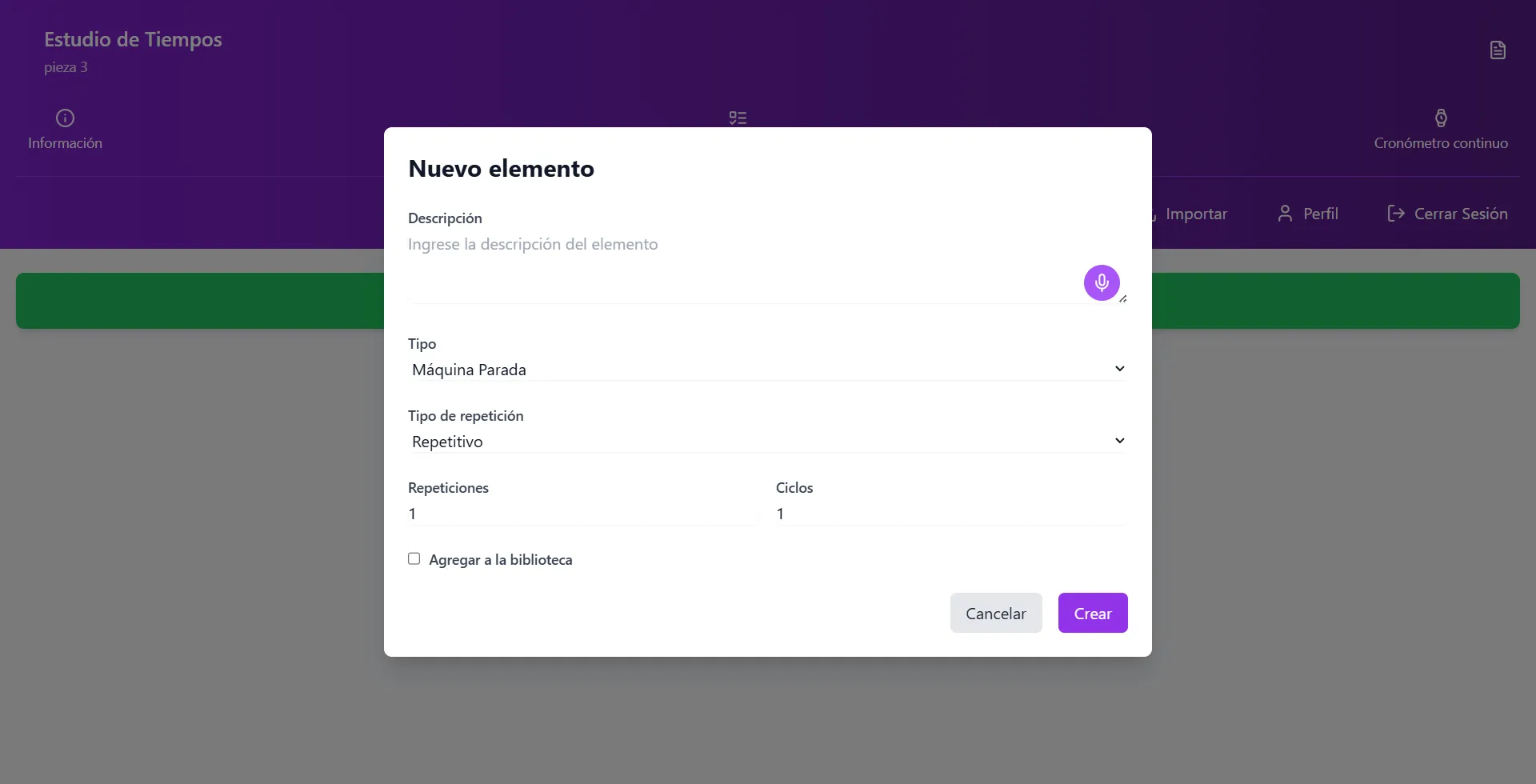Best Practices for Work Methods and Time Studies
Work methods and time studies are fundamental tools for improving productivity and efficiency in any organization. In this comprehensive guide, we’ll explore the best practices that ensure your studies are accurate, reliable, and valuable.
Understanding the Basics
Before diving into specific techniques, it’s essential to understand the fundamental principles of work methods and time studies:
- Objectivity: Maintain an unbiased approach throughout the study
- Consistency: Follow standardized procedures
- Accuracy: Pay attention to detail and precision
- Documentation: Keep thorough records of all observations
Preparation Phase
1. Planning the Study
- Define clear objectives
- Select appropriate study methods
- Identify necessary resources
- Schedule optimal observation times
2. Equipment and Tools
- Ensure all measurement tools are calibrated
- Prepare documentation forms
- Set up recording devices if needed
- Test all equipment before starting
Execution Phase
1. Data Collection
- Record observations systematically
- Note any unusual circumstances
- Document environmental conditions
- Track all relevant variables
2. Time Measurement
- Use appropriate timing methods
- Record multiple cycles
- Note any variations or anomalies
- Calculate appropriate sample sizes
Analysis and Implementation
1. Data Analysis
- Review collected data for accuracy
- Identify patterns and trends
- Calculate standard times
- Document findings thoroughly
2. Implementation
- Communicate results effectively
- Train staff on new methods
- Monitor implementation
- Gather feedback and adjust as needed
Common Pitfalls to Avoid
- Insufficient preparation
- Inadequate sample sizes
- Observer bias
- Poor documentation
- Lack of follow-up
Tools and Technology
Modern time studies benefit from advanced tools and technology:
- Digital Timing Software: More accurate and efficient
- Video Analysis: For detailed motion studies
- Data Analysis Tools: For better insights
- Documentation Systems: For better record-keeping
Continuous Improvement
Remember that work methods and time studies are part of a continuous improvement process:
- Regular review of methods
- Updates to standards
- Integration of new technologies
- Training and development
- Feedback incorporation
Conclusion
Following these best practices ensures that your work methods and time studies provide valuable insights for improving productivity and efficiency. Remember to stay current with new methodologies and technologies while maintaining the fundamental principles of accurate and objective observation.
